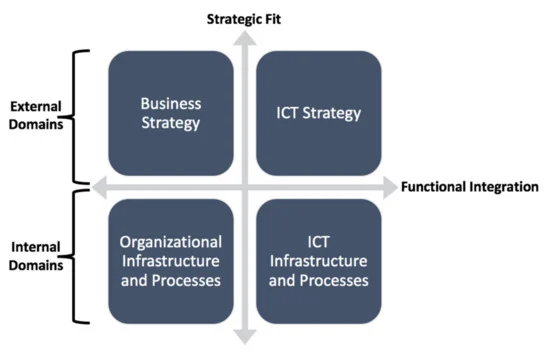Runway Extension
Runway Extension
What is Runway Extension
Definition:
Runway extension in business refers to the strategic efforts undertaken by companies to prolong the duration over which they can operate without requiring additional capital injections or funding. It involves implementing measures to optimize cash flow, increase revenue generation, and reduce operational expenses to extend the runway and sustain business operations.
Key Strategies for Runway Extension:
- Cost Reduction Initiatives:
- Identifying and eliminating non-essential expenses.
- Negotiating favorable terms with vendors and suppliers.
- Implementing lean operational practices to minimize wastage and inefficiencies.
- Consolidating resources and streamlining processes to reduce overhead costs.
- Revenue Maximization Tactics:
- Introducing new revenue streams or diversifying existing ones.
- Expanding market reach and tapping into new customer segments.
- Improving pricing strategies to capture maximum value from products or services.
- Enhancing customer retention and loyalty through personalized offerings and excellent service.
- Cash Flow Management:
- Implementing effective cash flow forecasting to anticipate future liquidity needs.
- Accelerating accounts receivable collections to improve cash inflows.
- Negotiating extended payment terms with clients or customers.
- Efficiently managing inventory levels to optimize working capital.
- Strategic Partnerships and Alliances:
- Forming strategic alliances with complementary businesses to access new markets or technologies.
- Collaborating with suppliers or distributors to optimize supply chain efficiency and reduce costs.
- Seeking non-dilutive funding options such as grants, subsidies, or government incentives.
- Exploring joint ventures or licensing agreements to leverage shared resources and capabilities.
- Investor Relations and Funding Alternatives:
- Maintaining transparent communication with existing investors about the company’s financial position and growth prospects.
- Exploring alternative funding sources such as venture debt, convertible notes, or revenue-based financing.
- Demonstrating traction, milestones, and achievements to attract potential investors and secure additional funding rounds.
- Engaging in crowdfunding campaigns or peer-to-peer lending platforms to raise capital from a broader investor base.
Importance of Runway Extension:
- Financial Stability: Extending the runway enhances financial stability by providing the company with a buffer to withstand market fluctuations, economic downturns, or unexpected challenges.
- Flexibility and Agility: A longer runway enables businesses to adapt to changing market dynamics, pivot their strategies, and explore new opportunities without the pressure of immediate financial constraints.
- Investor Confidence: Demonstrating the ability to extend the runway reflects positively on the company’s management team, operational efficiency, and strategic planning, fostering investor confidence and support.
- Sustainable Growth: By proactively extending the runway, businesses can sustainably invest in long-term growth initiatives, innovation, and market expansion strategies, positioning themselves for success in the long run.
Key Takeway:
- Runway extension is a proactive approach adopted by businesses to fortify their financial position, drive sustainable growth, and navigate through uncertain economic landscapes.
- Companies can implement a combination of cost reduction measures, revenue optimization strategies, efficient cash flow management, strategic partnerships, and diversified funding sources to extend their operational runway.
- By doing so, businesses can thrive in competitive markets and achieve long-term success.





